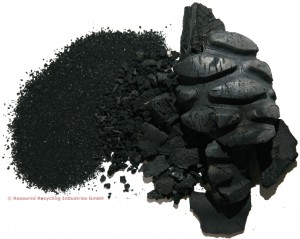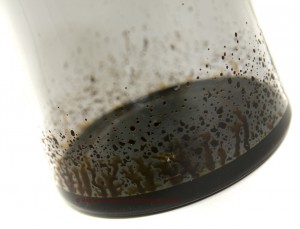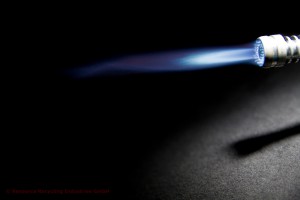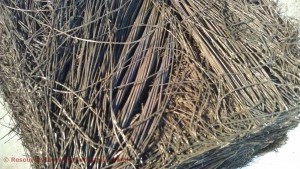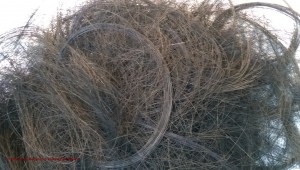BERAHN®-Carbon
The applicability and therefore the marketability is the most important profitability factor for the recycling plant as far as the waste consist of more rubber than metal.
The design of technology CRS-BERAHN® allows the production of carbon with different properties. For most of the applications, the fix carbon content and the content of volatile components are important. When recycling rubber we guarantee the following properties:
| Parameter | Value | Unit | Norm | —————————————————————————- |
| Carbon content (fix) | ≥ 80 | % | DIN 51734 | |
| Ash (850°C) | ≤ 15 | % | DIN 51719 | |
| Sulfur (total) | ≤ 3 | % | DIN 51724-3 | |
| Volatile components* | < 1 to ≤ 15 | % | DIN 51720 |
* Depending on the application of the carbon, different contents of volatiles are required. The maximum content is 15%, the minimum is <1.
A guarantee of particular defined values, such as »the fix carbon content is always 81.5%« cannot be given, since normally the rubber waste has different origins. For instance, when recycling scrap tires there are not only differences in the composition of new tires but also differences between summer and winter tires.
Due to the mentioned and further characteristics, BERAHN®-Carbon is employable in various ways. So it can be improved to Carbon Black, used for soil improvement, applied as filter material for water purification, employed as insulation and fireproof material, and utilized as adsorption material for waste-oil recycling and disposal of oil disaster on sea and land.
Pyrolysis oil out of the recycling of rubber waste is characterized by its high heating value of 37 MJ/kg. Another very important property is the water content of less than 0.2%, which allows the storage of the oil for a long time.
Due to the high heating value, we recommend the energetic recovery of the oil to produce electricity with the usage of a »Combined Heat and Power Unit« (CHP). Alternatively, the BERAHN®-Oil can be sold to a refinery or as refuse derived fuel.
The following table shows exemplary the properties of BERAHN®-Oil out of scrap tires. These properties vary depending on the composition of the rubber.
| Parameter | Value | Unit | Norm | —————————————————————————- |
| Density | 0.967 | g/cm³ | DEV C 9 | |
| Heating value | 37 080 | kJ/kg | DIN 51900-1 | |
| Flash point | 21 | °C | DIN 51755 | |
| Kinematic viscosity (40°C) | 2.19 | mm²/s | DIN 51366 | |
| Kinematic viscosity (100°C) | 0.9 | mm²/s | DIN 51366 | |
| Sulfur content | 0.92 | % | DIN EN 24260 | |
| Water content | 0.17 | % | DIN EN ISO 12937 |
The pyrolysis gas out of rubber is a residual gas. Due to the low amount, it is not economic to store it but to use it directly for power production. The average heating value of BERAHN®-Gas is 10.5 kWh/Nm³.
Many rubber wastes have metallic components. Often this is steel. After a process with the CRS-BERAHN®, the steel is free from any impurities and not changed in its molecular structure. Just surface alloys that serve for a better adhesion between the steel and rubber are lacking.
Especially when recycling scrap car tires we recommend to press the steel into a handy form. There is a reason why steel in tires is called spring steel. If you try to form it per hand, it springs back into its original form. Next to the spring steel, it is also reasonable to press the clincher rings since it is very stiff due to its thickness.
| << Performance Data | Special Application: OTR/EM Tires >> |
| << back to Recycling |
